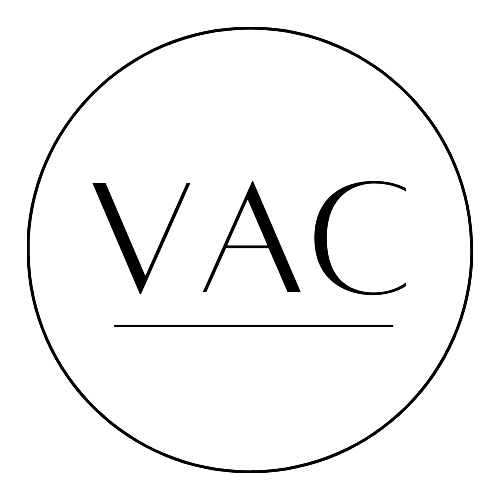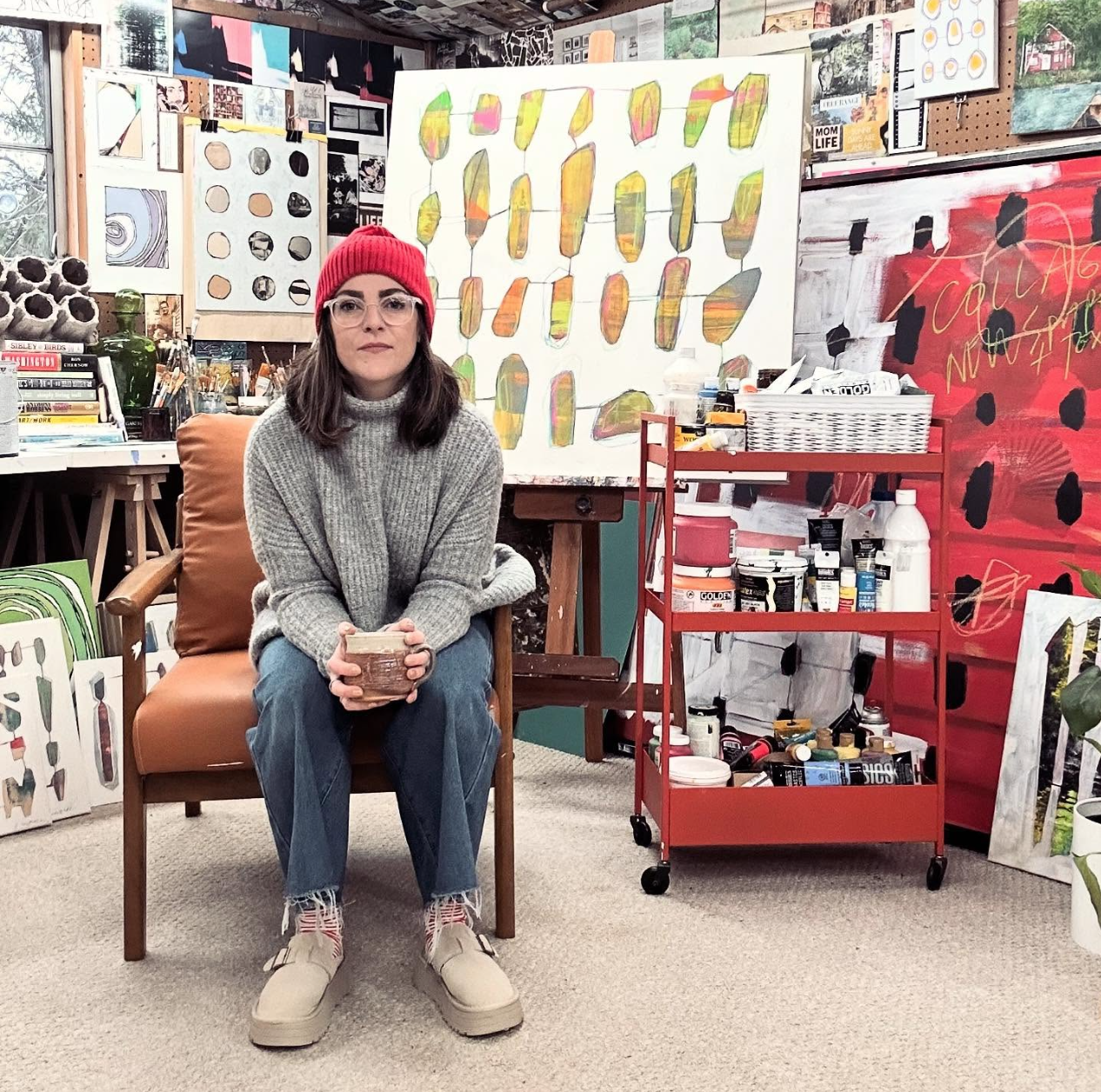Kayla Ackelson: Layered Creation
Kayla Ackelson is a versatile mixed-media artist and designer based in Mohrsville, Pennsylvania. With a Bachelor’s Degree in Fine Arts from Millersville University, specializing in non-traditional photography, Kayla’s work pushes the boundaries of visual storytelling. A mother, writer, and nature enthusiast, Kayla’s work reflects her deep appreciation for design, plants, and the organic beauty of the world around her.
How did your creative journey begin?
I’ve been creating for as long as I can remember. As a child, I was always drawing, making, and experimenting—art was my way of making sense of the world. That passion led me to study Fine Arts at Millersville University, where I focused on non-traditional photography and deepened my love for mixed-media exploration. After working in galleries, teaching art, and spending time at the Philadelphia Museum of Art, I fully embraced my path as a professional artist in 2021. Art has always been more than just a practice for me—it’s a way of being. Whether through my personal work, teaching, or writing, I am constantly exploring how creativity can bring beauty, healing, and connection into everyday life.
Your background includes experience in gallery work, museum services, and art instruction. How have these roles influenced your approach to art-making?
Each of these roles has shaped the way I create in different ways. Working in galleries taught me how people experience art—how a piece draws you in, tells a story, and connects with an audience. At the Philadelphia Museum of Art, I was surrounded by incredible works every day which was endlessly inspiring. Seeing how artists throughout history pushed boundaries made me want to keep evolving in my own practice. This is where I discovered the work of Cy Twombly, Egon Schiele, and Gerhard Richter - some of my favorite influences.
Teaching has probably influenced me the most. Watching students experiment and play reminds me to do the same—to stay curious, embrace mistakes, and not take the process too seriously. It’s helped me loosen up and create in a way that feels more natural and true to me.
All of these experiences have shaped how I approach my work today. I think about the bigger picture—how my art connects with others—but at the same time, I let myself explore and follow whatever excites me in the moment.
You specialize in non-traditional photography—how does that background inform your mixed-media practice today?
My background in non-traditional photography definitely influences the way I create now. I love collaging with found materials, vintage magazines, found photos, and scraps that have a history. There’s something really special about layering these pieces together and giving them new life.
I still think like a photographer in a lot of ways—paying attention to composition, contrast, and how different textures play off each other. But now, instead of just capturing an image, I get to build on it, adding depth with paint, paper, and whatever else feels right in the moment. It’s all about experimenting and seeing where the layers take me.
What does a typical day in the studio look like for you, and how has your art practice grown or changed?
Since becoming a mom, my studio hours look very different. I’ve had to learn to create in the in-between moments—during nap times, late at night, or when my son is with his father. It’s definitely shifted the way I work in a lot of ways, but it’s made my process much more intentional. I’ve learned to embrace slower, more layered creation, letting pieces evolve over time. My favorite time in the studio is at night when the rest of the world is quiet.
Which experiences have impacted your work as an artist?
My own mental health journey has had the largest impact on my art. Through therapy, I’ve learned to listen more closely to myself, and that has made its way into my creative process. I’ve become more comfortable embracing vulnerability, which is reflected in my work. It’s allowed me to explore emotions, struggles, and healing in a deeper way.
Art has always been a way for me to process what’s going on inside. I’ve found that my work is often a conversation between my inner world and what I can create on the outside—whether it’s using color, texture, or layers to express something I can’t always put into words.
The more I’ve worked on my mental health, the more my art has evolved to reflect my journey.
How has social media impacted your work?
Social media has been a great way for me to find community and connect with others who share similar passions. It’s helped me build relationships with fellow artists, creatives, and even collectors who resonate with my work. Through social media, I’ve been able to share my art in a way that feels personal, offering glimpses into my process and the stories behind the pieces. It’s actually been a huge blessing.
You describe your work as “stream of consciousness layered with bright, colorful abstractions.” What emotions or messages do you hope viewers take away from your art?
I write in a stream of consciousness style directly on the canvas, hiding messages, mantras, and thoughts beneath layers of paint. It’s like a personal journal that’s not immediately visible, but it’s there, creating an underlying connection.
What I hope viewers take away from my work is a sense of freedom and acceptance. The hidden messages encourage introspection, but the overall vibe is about healing, embracing imperfection, and finding something personal in the layers.
Often pretty paintings on the surface, but beneath it all, there's a tangled, mischievous mess of ghost paintings waiting to be uncovered.
Website: https://www.kaylaackelson.com/
IG: @kaylaackelson
Published on March 6, 2025






